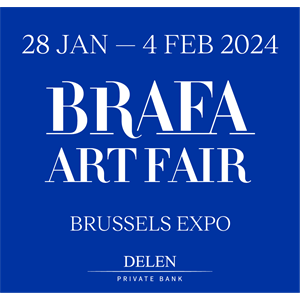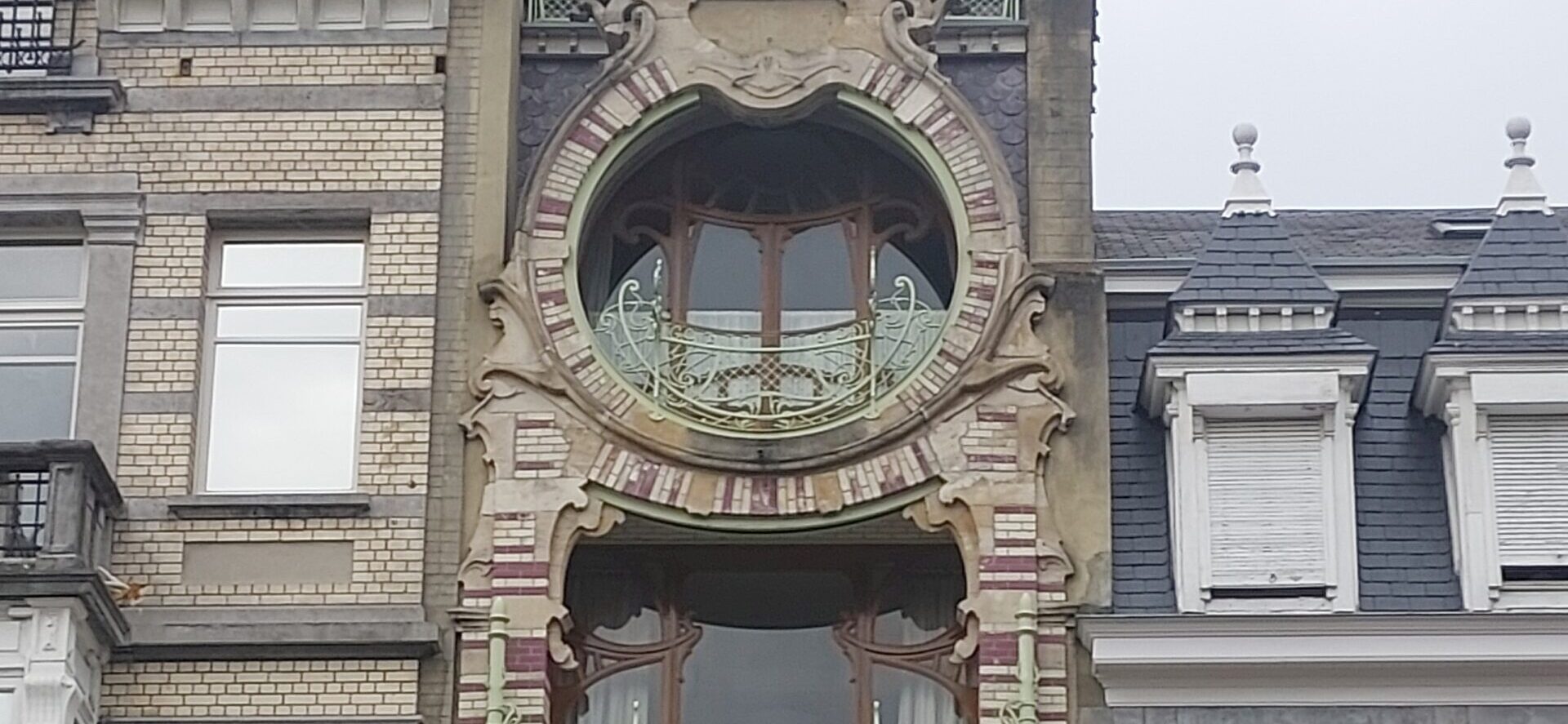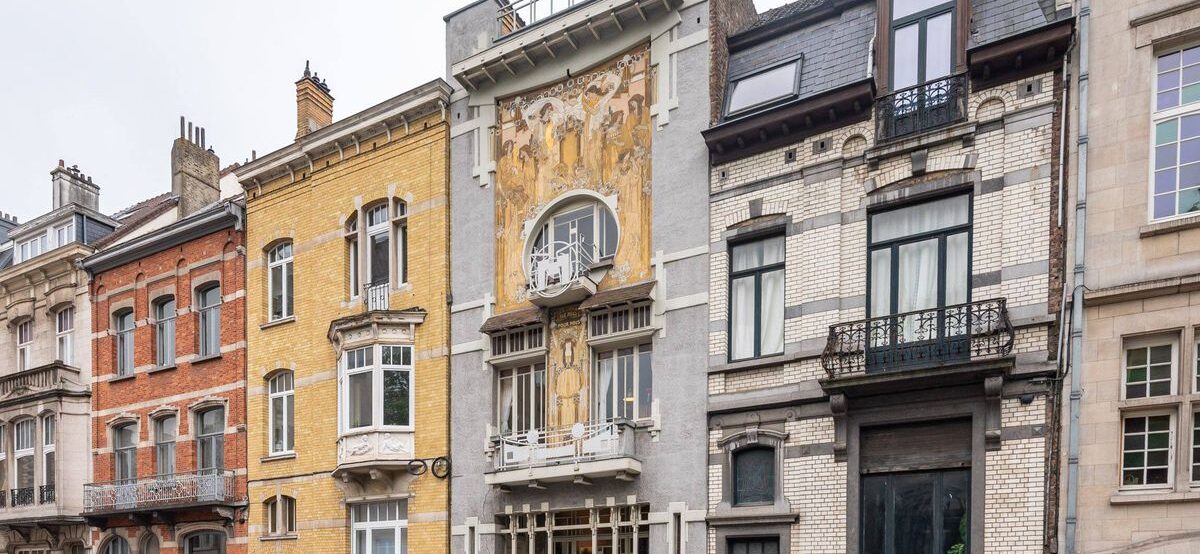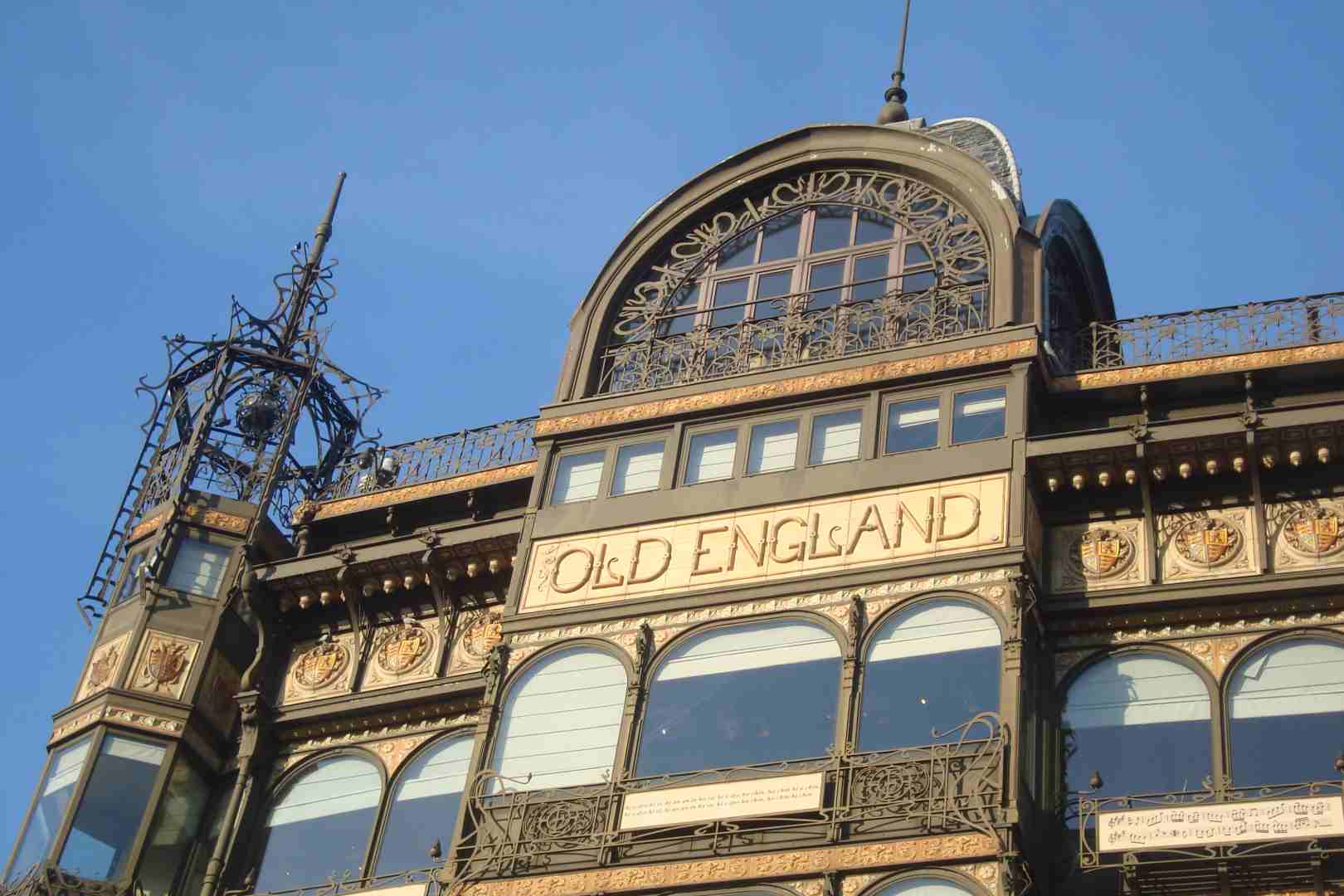In this article we tray to recap the highlights from the Brafa Art and Antiques Fair in Brussels, opening today and lasting until Sunday, February 4th.
The tradition holds that the musical year begins with its first chords in Vienna, while the artistic one starts to be painted, drawn, and sculpted at the Brafa Art and Antiques Fair in Brussels. This city simmers year-round with a blend of ultramodernity, the centuries-old tradition of comics (Tintin just turned 95, though we wrote about him when he turned 90 and still hasn’t penned a memoir), surrealism and the surroundings of Magritte, and this year’s honored star, Paul Delvaux, who defies categorization—neither surrealist, realist, nor idealist, but simply Delvaux: trains, stations, skeletons, and nude women.
Brafa is a special fair, where galleries showcase their artworks, forming an exhibition tradition halfway between the Dutch path and Parisian splendor. It has its own highly refined personality and an almost theatrical staging, where surrealistic elements, the hallmark of the event, adorn the pavilions and engage in conversation with galleries ranging from ancient art to African tribal art to historical jewelry, with special attention to decorative arts under the Art Nouveau label.
Tables, lamps, sofas, statuettes, and chairs, some bearing the unmistakable stamp of Victor Horta, coexist with ceramics and porcelain from the 17th century and paintings by the Pop Art master Tom Wesselman made from wooden slats. Indeed, the star guest is Delvaux, deserving of a separate chapter soon to appear in this section.
As always, Picasso makes an appearance at the Galérie de la Béraudière in Brussels with “Le banderillero,” a graphic work from 1959 printed in Vallauris, or a special ceramic plate, “Toro en la arena,” from 1949 at Dr. Lennart Booij Fine Arts & rare Items gallery in Amsterdam, or “El pintor mosquetero,” an oil on canvas from 1967 at the Parisian gallery Hélène Bailly.
The painters of the CoBrA group (an acronym for Copenhagen, Brussels, and Amsterdam) showcase their delightful violence, embodied by Karel Appel or the Danish artist Asger Jorn. Unique pieces by artists such as Gustav Klimt (Florian Kolhammer Gallery in Vienna) or the late Fernando Botero (Francis Maeren in Ghent) have also been spotted.
A special mention goes to the Spanish galleries. The Montagut Gallery presents a series of tribal sculptures of great artistic quality. At the Jordi Pascual gallery, a sensational Antoni Tàpies (“Cap amb paper encolat,” from 1987) and a Miró (“Peinture, projet pour une tapisserie,” 1973-74) stand out.
Meanwhile, Nicolás Cortés, whose name graces his Madrid gallery, presents, among others, two masterful works: a Lenten still life from the Truyols collection and a mid-18th-century carving of the Virgin of Carmel by the Guatemalan artist Blas José Rodríguez.
The article Exploring Art Nouveau in Brussels: Unveiling Belgium’s Colonial Legacy examines the nuanced connection between Art Nouveau and colonial history in Brussels. Dive deeper with our Congo and Art Nouveau in Brussels private tour, which offers a guided look at how this artistic style reflects and responds to Belgium’s colonial past, taking you through architectural highlights and the historical stories behind them.






